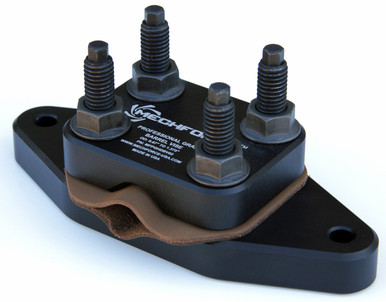The loads aren't heavy based on installation torque but the dynamic loads generated during firing can be fairly high. It's hard to say from that information what Henkels determines as high load though because there are 1" bolts that will carry >100,000lb loads and there's nothing in a shouldered fired small arm that generates loads like that.
We use M1-A grease by LubriPlate purchased from Brownells for installing pretty much everything. Brakes, barrels, barrel nuts, scope ring screws, etc. Yes, scope ring screws do need lubrication in certain areas. We use it for ARC, Zermatt, Lone Peak, Impact, Curtis, etc actions. Anywhere stainless steel threads are involved gets a healthy dose of the stuff.
I've used both nickel and copper antizieze on barrels for my own rifles. I stopped using it on client rifles (and my own) because the tiniest little dab of that stuff in the wrong spot means you need to take apart the entire custom rifle and wash the darn thing off with solvent to clean the errant dab. It's probably what it would be like to give the Tin Man a handy...



